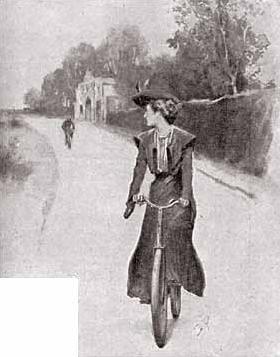Continuing from part 1…..
Expanding the Foundation Story
Notice how the author of Luke-Acts prepares for his second volume (Acts) from the outset of his new gospel:
- Luke extends the genealogy of Jesus back to Adam and God themselves. Jesus no longer (as in Matthew) is contextualized within the Abrahamic family but comes with more universal credentials.
In the gospel Jesus is clearly the authority figure but our author manoeuvres the narrative to replace Jesus with the Holy Spirit as the new authority in Acts. To do so, Luke actually contrives a new concept of the Holy Spirit, at least one that is different from the spirit we read about in Paul’s letters and the Gospel of John. (That’s another topic of its own that I may write about soon, examining two works cited by Müller, Cosmology and Self in the Apostle Paul: The Material Spirit by Engberg-Pedersen, 2010 and “It is the Spirit That Gives Life”: A Stoic Understanding of Pneuma in John’s Gospel by Buch-Hansen, 2010.)
The Holy Spirit to Jesus Becomes the Holy Spirit to the Church
Notice next how the author repeats the motif of the Holy Spirit with which he began Jesus’ work in Acts to begin the Church’s work.
As Jesus at his baptism became endowed with the Holy Spirit (Luke 3.21-22), thus the church is also first established at the coming of the Holy Spirit at Pentecost. (p. 106)
To extrapolate from Müller’s work, I wonder if we have here an explanation for why in the Gospel of Luke the account of Jesus’ baptism is so incidentally presented (as an afterthought). The focus of Luke’s narrative is the coming of the Holy Spirit to Jesus through prayer. In Luke 3:21-22
When all the people were baptized, it came to pass that Jesus also was baptized; and while He prayed, the heaven was opened. And the Holy Spirit descended in bodily form like a dove upon Him, and a voice came from heaven which said, “You are My beloved Son; in You I am well pleased.” (NKJV)
Luke’s image is repeated so it appears like two columns side by side: as prayer and the descent of the Holy Spirit opened Jesus’ ministry and gave him the authority, so prayer and the Holy Spirit opened and authorized the ministry of the Church in Acts.
This is but one of several demonstrations of how Acts is being built out of material in the gospel.
We saw in the previous post that other evangelists shoehorned subsequent church situations (the law, gentiles) into the story of Jesus. Luke-Acts delays the completion of the foundation story, however. The foundation story is not complete until “the new Israel” is established as the church is withdrawn from “Judaism”. A series of historical steps in the life of the church replace the sayings of the earthly Jesus (as in Mark and Matthew) as the explanation for the church’s final stance on the Mosaic Law.
The Holy Spirit remains the new authority throughout Acts.
As Passover was set as the time for the covenant made by Jesus in the gospel so Pentecost was introduced as the time of the covenant with the church in Acts, Pentecost being in the Judean religion a feast of covenant renewal. With the Holy Spirit come all the fulfillments of Scripture: new hearts, obedience, and proofs of the resurrection as promised in the Scripture, and proofs that the Scripture had been fulfilled with the messiah son of David reigning on God’s throne.
Luke’s gospel concluded with Jesus pointing to all the scriptures that had been “fulfilled” in his life, death and resurrection and Acts opens with all the scriptures being fulfilled now with the coming of the Holy Spirit to the church.
The Twelve to Israel first
Continue reading “Acts as a Rewriting of Gospels and Paul’s Letters, part 2”
Like this:
Like Loading...
 In his recent book, Why Are There Differences in the Gospels?, Michael Licona struggles to show that we skeptics make far too much of the differences in the canonical gospels. Many of these differences, he argues, result from ordinary compositional devices typically used by authors of Greco-Roman biographies.
In his recent book, Why Are There Differences in the Gospels?, Michael Licona struggles to show that we skeptics make far too much of the differences in the canonical gospels. Many of these differences, he argues, result from ordinary compositional devices typically used by authors of Greco-Roman biographies.